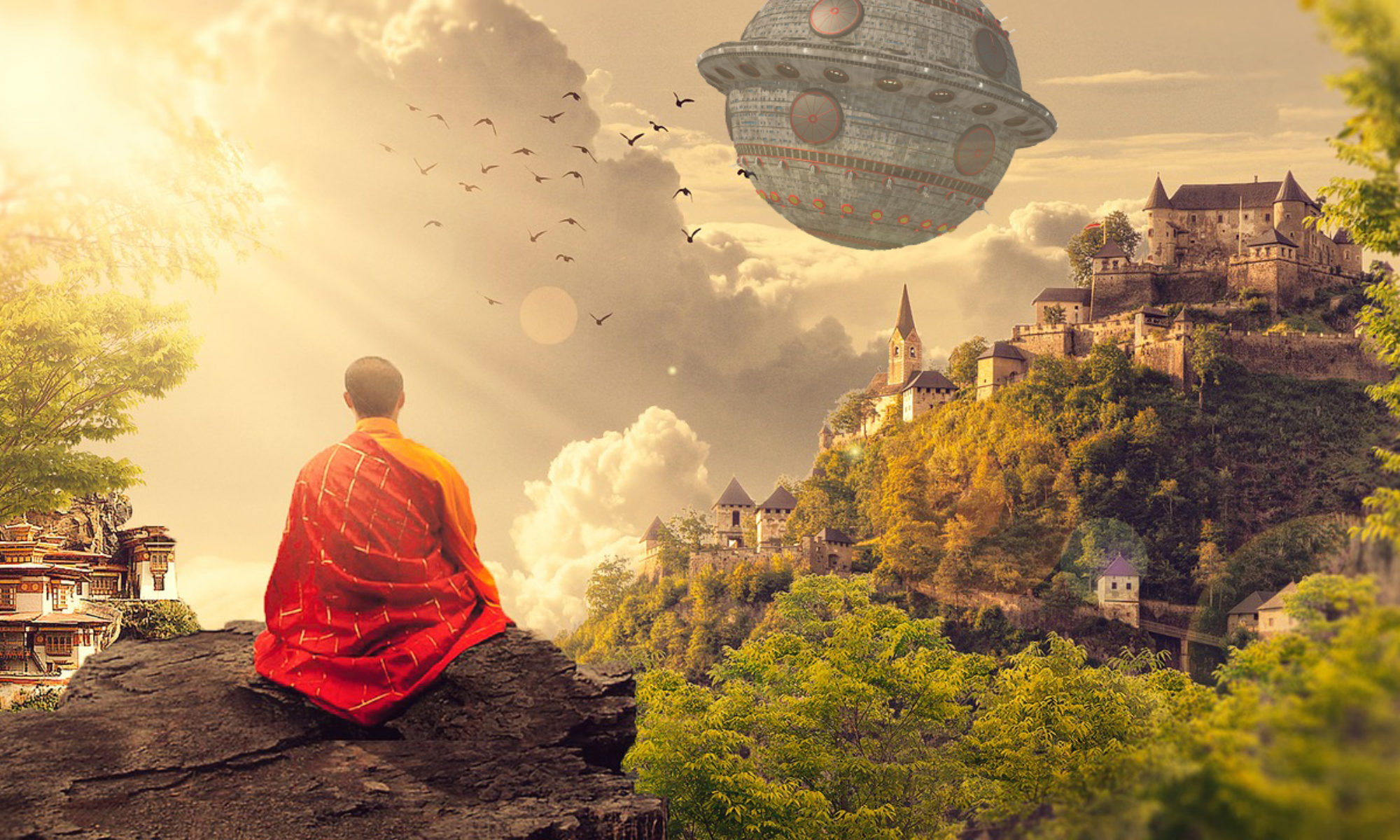Hey everyone, welcome back.
This week was a bit of a whirlwind — one of those classic indie dev stretches where you get a lot done, just not always in the order you expected. Or planned. Or even fully remember.
But somehow, it’s all moving forward.
🧪 What’s New This Week
🧭 Main Menu + Level Selection
You can now navigate between levels from a central menu — a small win that feels huge. It’s basic, functional, and perfect for testing. One click, boom, you’re loading into the next puzzle.
🧱 Room Switching + Scene Loading
Actual level switching is working! I can hop between puzzles mid-session without the whole thing falling apart — which means I can finally build, test, and tweak without relaunching the game every time.
🎨 Visual Experiments (AKA “Oh Shiny!” Moments)
I played around with new room tile graphics and some early tests for switch and gate visuals. No permanent changes yet — just seeing what sticks, what pops, and what feels right.
🧾 Business Side Adventures
Also: I spent too much time doing business-y things. Paperwork, planning, and prep work to get the studio side of this dream off the ground. It’s not glamorous, but it’s real — and it’s happening.
🚀 What’s Next
- Continue refining the level loading system
- Finalize core visual style for gates, switches, and floors
- Start rebuilding levels using the new loader + menu flow
- Keep pushing forward on the company side so I can do this full-time
🙃 Final Thought
Some weeks are about building. Others are about unblocking the stuff that lets you build better. This week was a little of both — a few solid wins, a lot of little tests, and just enough chaos to keep things interesting.
Onward.
– Chris






